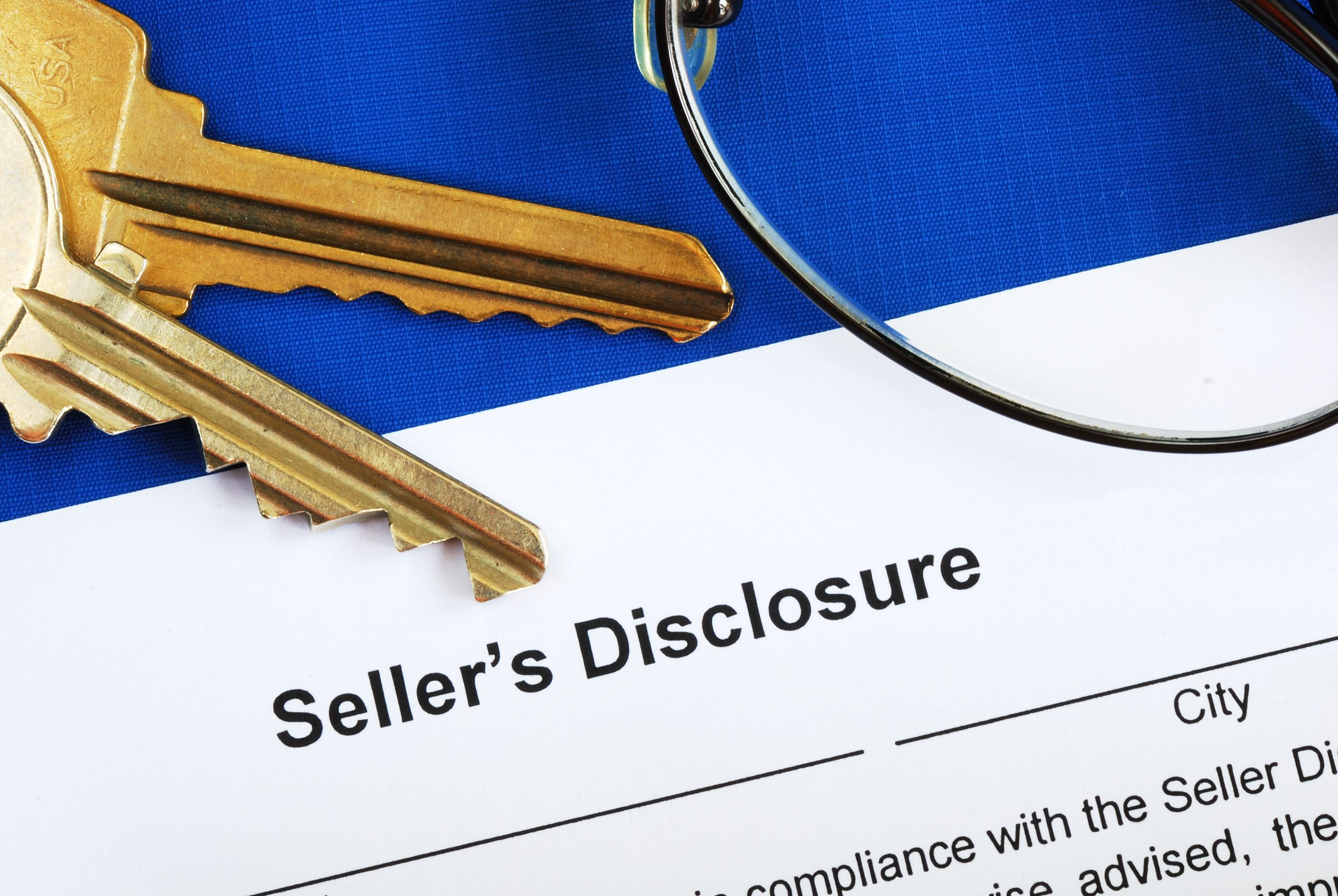6 Reasons You Need a Real Estate Disclosure Form

What do you do as a real estate agent when your client is selling a home built before 1978? Disclose it! An experienced agent knows which real estate disclosure form, or forms, to use in different transactions. But that takes time and maybe a few mistakes (hopefully not too many) to learn. There are many different disclosures, some positive and some negative, and some of the forms vary by state. So, here are eight of the most common disclosures and the scenarios that require them.
What Is a Real Estate Disclosure Form?
A real estate disclosure form is a written document stating the known conditions of a property for sale or rent. The conditions could include repairs, upgrades, hazards, nuisances, defects, and damages – anything affecting the property’s value. Disclosure protects the buyer or renter by providing them with the knowledge they need to make a reasonable purchase decision. Meanwhile, it covers the seller or landlord from being sued in the future by providing proof of notice.
Seller’s Disclosure Form
A comprehensive list is found in the most common disclosure, the seller’s disclosure form, which varies by state (TREC notice). This form must be completed by the seller before putting a property on the market and is often signed by the buyer as proof of receipt. Federal law requires the disclosure of known lead-based paint or asbestos hazards in the seller’s disclosure. In some states, like Texas, certain disclosures listed here require their own form, too. Let’s look at the ones you’ll use most often with the seller’s disclosure!
Lead-Based Paint Disclosure Form
Federal law states all housing built before 1978 must provide potential buyers or renters with a lead-based paint disclosure. They must also provide a hazard information pamphlet, which covers what to look for and how to reduce the harm. Lead was commonly used in household paint before its health hazards were discovered and it was banned in 1978. Exposure to lead from paint, chips, or dust can cause serious health issues, especially in children under six.
Other Disclosures
The HOA disclosure is a frequently-used form that allows a buyer to review the presiding homeowners association’s CC&Rs. There’s also the hazardous waste disclosure, which warns about the effects of industrial, radioactive, and other hazardous wastes (including asbestos) and how to clean them up. And the natural hazards disclosure, which warns about natural disasters that might affect the property (common in California). The rental flood disclosure is a new requirement in Texas to inform renters of flood zones surrounding a lease property.
*The disclosure forms listed here are requirements of Texas real estate law unless otherwise mentioned. Each state has its own disclosure laws, with further disclosures required by city and/or county.
Each of these disclosures, and the many more not mentioned, is equally important. As a seller’s agent, encourage your clients to be honest about what they know. If it’s known, then disclose it. If in doubt, then disclose it. Even if they aren’t required by the federal government or the state, it’s better to be safe than sorry. As a buyer’s agent, be aware of the disclosures that may be required in a transaction and ask for them if they aren’t readily provided. And remember, a real estate disclosure form should never replace an inspection.









